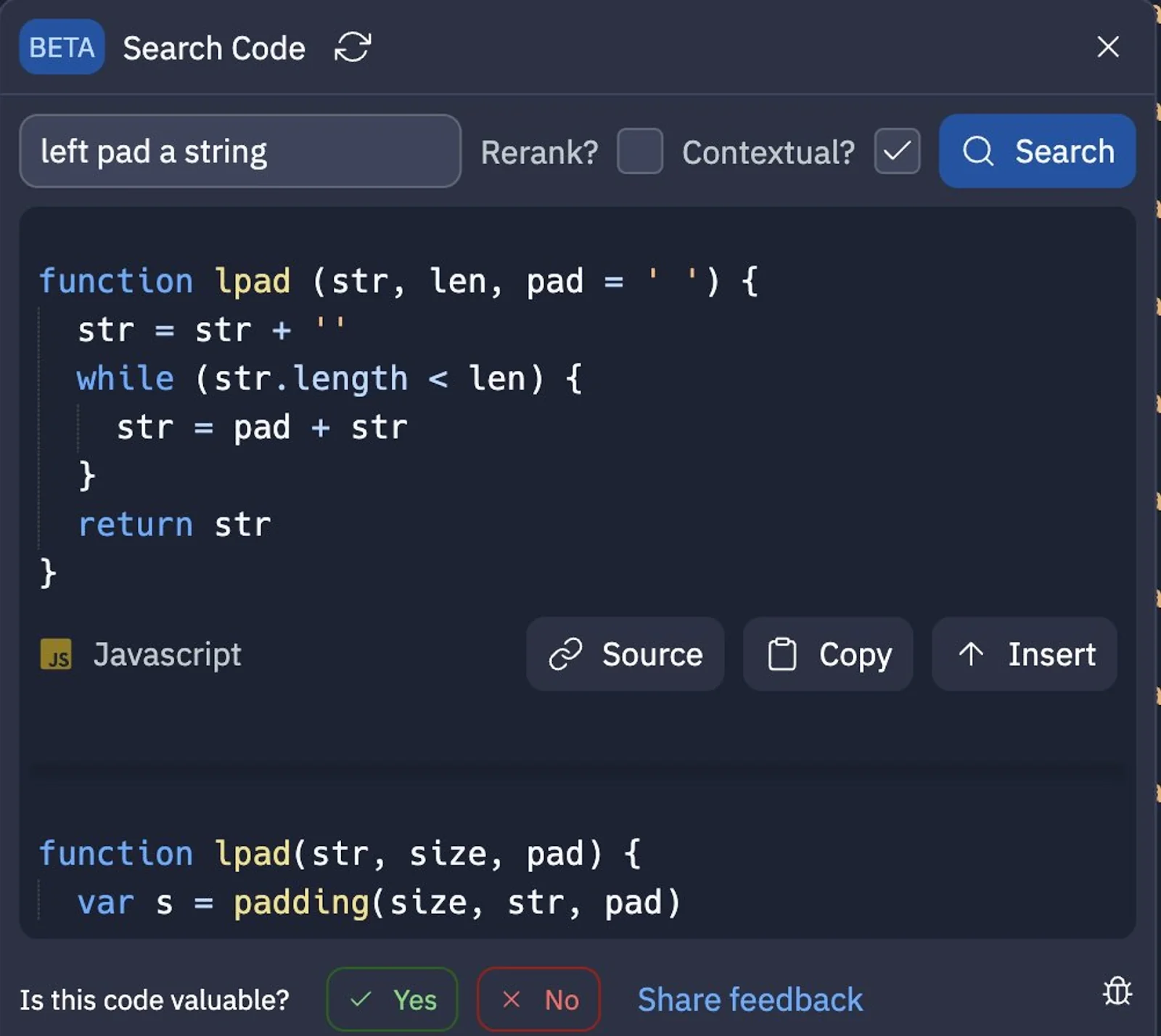The Software Development Life Cycle
When it comes to developing software, the software development life cycle is a crucial aspect to consider. In fact, if you want your product to be successful, it needs to be built to meet the needs of the customers. To ensure that your product meets the needs of the customers, you should follow agile methodologies. Agile methodologies focus on meeting the customer’s needs by using face-to-face communication and embracing change at any time. In addition to shortening the development cycle, agile practices can result in faster, more flexible software.
The planning phase of the software development life cycle involves gathering input from all stakeholders, defining requirements, and estimating costs. It also includes developing a project plan and identifying necessary resources. Once these documents are in place, the next stage of the software development life cycle is determining the project’s schedule and budget. During this phase, developers also create a software requirement specification. The document is a blueprint for the development team.
In addition to the development phase, the software must be tested and validated in a production environment before being released. The Agile SDLC process might include launching a micro-version (MVP) or other features as part of the development process. Meanwhile, the Waterfall SDLC process would involve launching the fully-functional product. During the production phase, end-users can report any bugs or other issues they encounter in the software. In addition, new requirements are likely to drop in with the introduction of new technologies. Thus, the software development team must iterate through the SDLC.
The design phase takes input from the approved requirements document. For each requirement, design elements are created. These documents detail the desired features of the system. The design elements may include a functional hierarchy diagram, screen layout diagram, business process, entity-relationship diagram, and full data dictionary. In general, design elements provide sufficient detail to allow skilled developers to develop the software. They may also require minimal additional input. If all the requirements are met, the software is ready to be tested and released.
The waterfall model is the oldest and most structured methodology. Its phases depend on each other and run sequentially. This model provides discipline and tangible outputs at each phase. However, it does not allow for much flexibility as changes to completed phases affect cost, delivery time, and quality. That’s why waterfall methodology is not recommended for many projects. However, it has its advantages. So, if you need a quick and effective development, waterfall may be a good choice for you.
Software development is fast becoming an industry necessity. As more people rely on software to make their lives easier, it’s essential to have a software development life cycle that will ensure quality delivery. Without a systematic process, your project could be delayed by months or even years. Here’s how it works:




